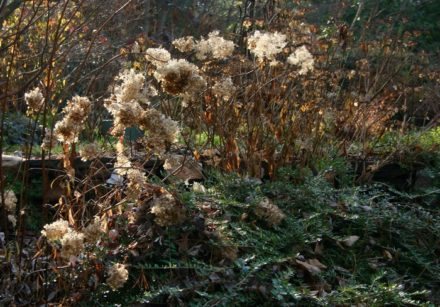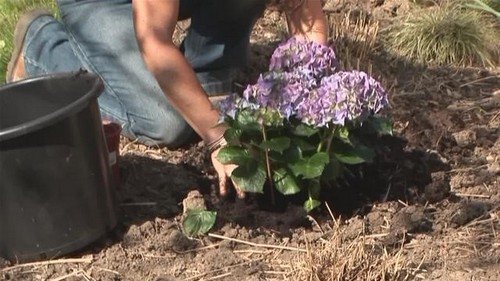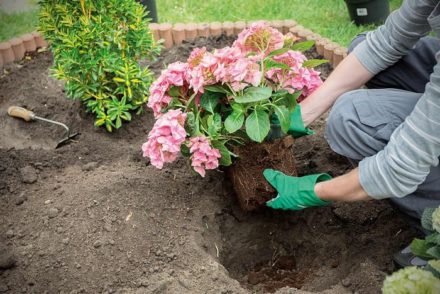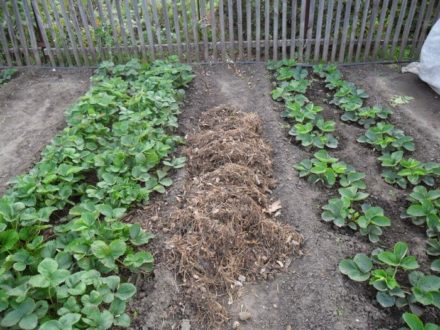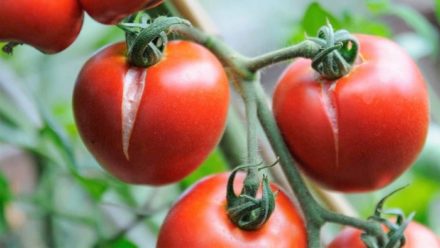Dividing the bush is the most popular way to propagate hydrangeas. It allows you to quickly obtain new plant specimens that can bloom as early as next year. However, you need to take into account that the manipulations are carried out with an adult bush, which means that certain conditions will need to be met for the event to be successful. By dividing the bush, hydrangea of any type is propagated - tree-like, paniculate, large-leaved.
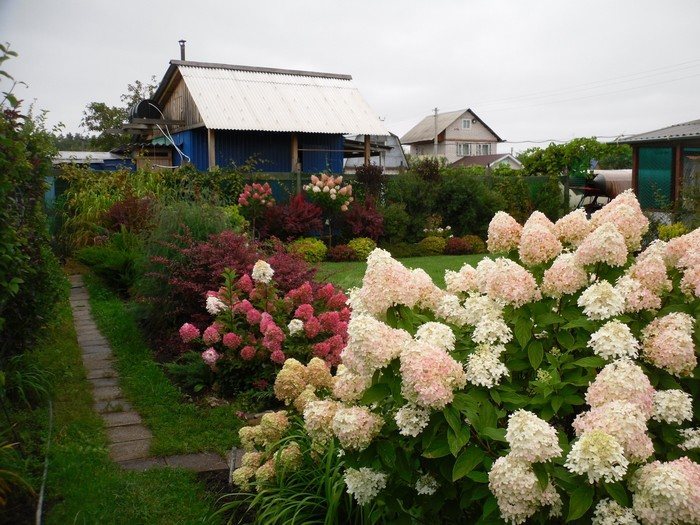
Suitable timing
It is best to divide a hydrangea bush in early spring, before the juices begin to flow. If for some reason the deadlines were missed, propagation of hydrangea by division can be postponed until the beginning of autumn. Summer residents in the northern regions will have to reschedule the procedure until next spring.
This is not recommended during high season for two reasons. Firstly, hydrangea blooms most of the summer; the bush spends a lot of energy on flowering, which means dividing and replanting will result in severe stress for the plant. Secondly, if the bush is disturbed during the active growing season, the divisions will hurt for a long time and may not take root.
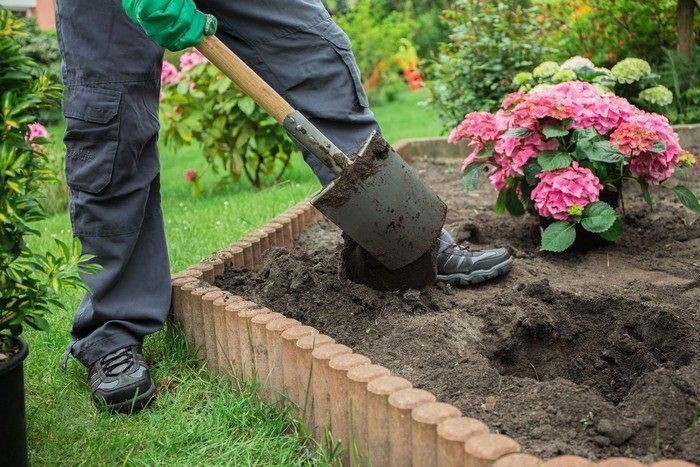
Plant age
For propagation by division, a bush at the age of 4-5 years is most suitable. It should be a mature plant with a lot of shoots. The young specimen does not yet have a sufficient number of renewal buds on the rhizome. It is also better not to choose a plant that is too old. Such a hydrangea will hardly tolerate division and transplantation.
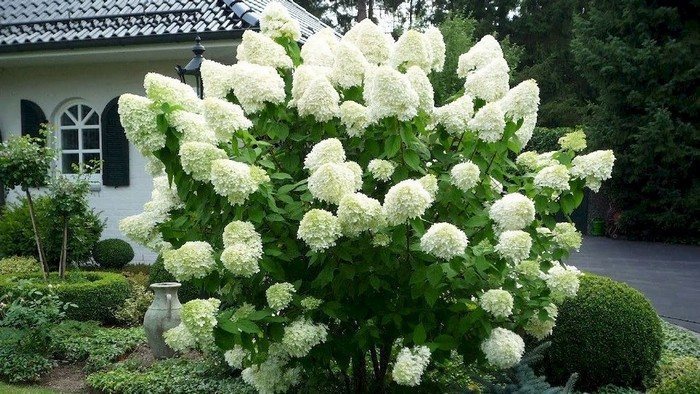
Preparing the soil and planting hole
All hydrangeas prefer acidic soil. The optimal acidity level for them is 5 pH. When preparing the soil for a planting pit, you cannot use components such as dolomite flour, lime, or wood ash. The best soil mixture for hydrangeas would be the following:
- 2 hours of garden soil;
- 2 hours humus;
- 1 hour high peat;
- 1 tsp coarse sand.
The optimal size of the planting hole for each division is 50x50x50 cm. Holes should be dug at such a distance that each bush can develop freely in the future.
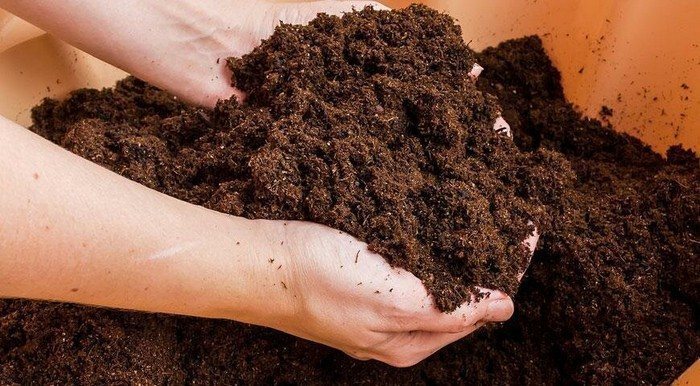
Correct division of the bush
Before dividing the bush, it must be dug up, trying to avoid damaging the root system. The plant is watered first. Then the hydrangea is dug in a circle, retreating 20 cm from the base of the bush. After this, a pitchfork is placed under the roots and the plant is lifted with their help.
Now you need to clean the rhizome from adhering soil and divide it into several parts. Each division should contain at least 2–3 renewal buds. Depending on how developed the bush is, you can get from 2 to 4 new hydrangea specimens from it. The roots are trimmed a little before planting, and after planting the shoots are shortened.

Care after landing
You cannot plant new hydrangea specimens and forget about them. In order for the divisions to take root, they need to be looked after. In the first two weeks, regular watering is needed to keep the soil moist. Translated from Latin, hydrangea (hydrangea) sounds like “a vessel with water”; the plant loves moisture very much. In rainy weather there is no need to water the bushes.
There is no need to feed the bushes during autumn planting. Fertilizer application can be delayed until spring. It is advisable to mulch the soil with pine needles or the bark of coniferous plants. If the weather is hot and sunny, plants are protected from the sun with protective screens. Rooting of the cuttings will take about a month.
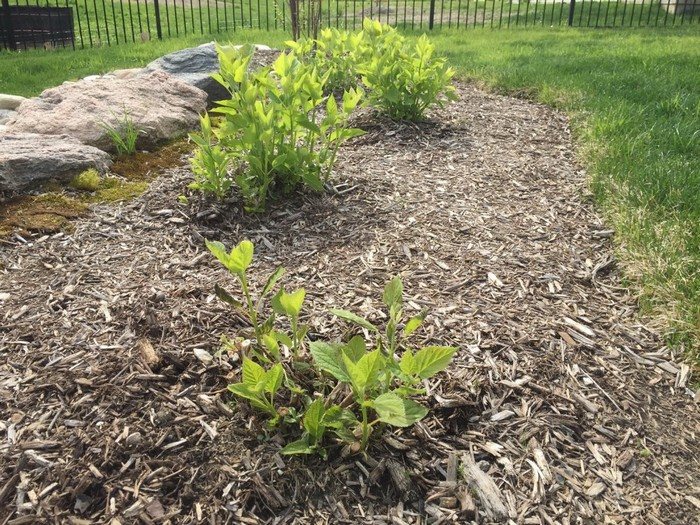
Propagation of hydrangea by dividing the bush is also popular because in this case new specimens completely retain the varietal characteristics. For the winter, young bushes are covered with spruce branches or fallen leaves, and then fallen snow is thrown over them. Next spring the shrub will begin to grow actively, and in summer it will delight you with luxurious caps of inflorescences.


